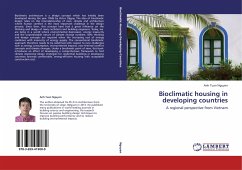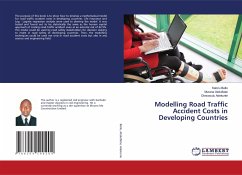Bioclimatic architecture is a design concept which has initially been developed during the year 1950s by Victor Olgyay. The idea of bioclimatic design relies on the interrelationship of man, climate and architecture where human comfort is the most important challenge in the design process. Since then, this concept have had a great influence on the thinking and design of many architects and building engineers. Today, we are living in a world where environmental depression, energy insecurity and the unpredictable nature of climate change combine. New thinking and design concepts are required when the increasing cost of energy combines with insecurity of energy supply. The conventional bioclimatic approach therefore needs to be redefined with respect to new challenges such as energy consumption, environmental impacts, new thermal comfort concepts and climate changes. Under a bioclimatic point of view, this book introduces an effort of developing a comprehensive framework to find climate responsive design strategies for residential buildings in developing countries towards comfortable, energy-efficient housing with acceptable construction cost.








